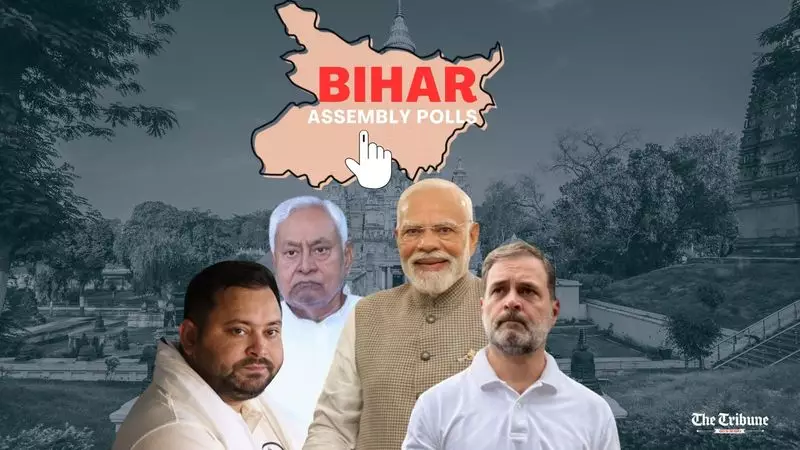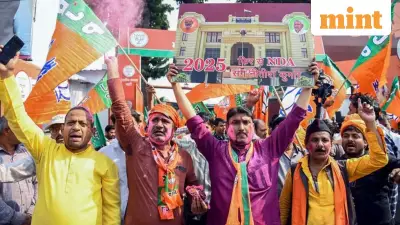
In a significant development that could reshape Bihar's political landscape, the Rashtriya Janata Dal (RJD) has emerged as the leader in vote share according to recent analysis of the Bihar Election 2025. The Bharatiya Janata Party (BJP) and Janata Dal (United) follow closely behind, setting the stage for an intense political battle in the upcoming state elections.
Vote Share Breakdown Reveals Political Shifts
The comprehensive analysis of voting patterns and political strength across Bihar shows the RJD securing a notable lead in overall vote share. The RJD's performance demonstrates the party's continued resonance with voters despite facing strong competition from both national and regional rivals.
Following the RJD, the Bharatiya Janata Party has maintained its significant presence in the state, reflecting the party's organizational strength and campaign machinery. The Janata Dal (United), led by Chief Minister Nitish Kumar, occupies the third position in terms of vote share, indicating the complex dynamics of alliance politics in Bihar.
Regional Variations and Key Constituencies
The vote share analysis reveals interesting regional variations across Bihar's different constituencies. Certain regions show stronger allegiance to specific parties, while others demonstrate more competitive political landscapes where vote shares are closely contested.
Political observers note that the RJD's lead in vote share doesn't necessarily translate directly into seat share due to the first-past-the-post system and the complex arithmetic of alliance formations. The final outcome will depend on how these vote shares convert into actual seats during the election process.
Implications for 2025 Election Strategy
The current vote share analysis provides crucial insights for all political parties as they prepare their strategies for the 2025 elections. Parties are likely to recalibrate their campaign approaches based on these findings, focusing on regions where they can maximize their vote conversion into seats.
The RJD's lead position suggests the party might adopt a more aggressive campaign strategy, while the BJP and JD(U) are expected to strengthen their alliance mechanics and constituency-level preparations. The vote share patterns also indicate potential areas where smaller parties and independent candidates could play decisive roles in close contests.
As Bihar moves closer to the 2025 assembly elections, these vote share figures will significantly influence alliance negotiations, candidate selections, and campaign resource allocations. All major political players are expected to conduct detailed analyses of these patterns to optimize their electoral strategies.
The final election outcome will depend on multiple factors including alliance formations, candidate selection, campaign effectiveness, and last-minute political developments. However, the current vote share analysis provides a crucial baseline for understanding the evolving political dynamics in one of India's most politically significant states.





